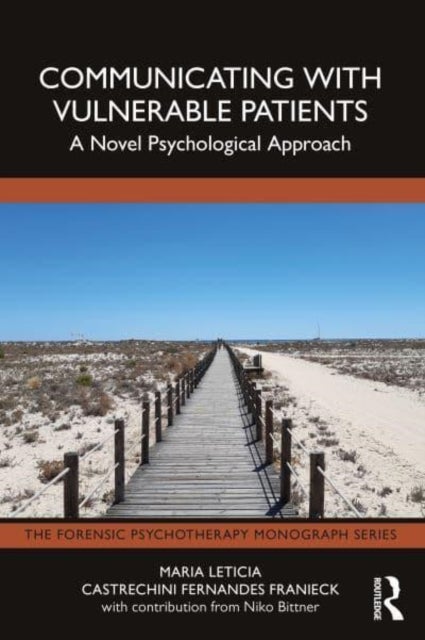
Communicating with Vulnerable Patients av Maria Leticia Castrechini Fernandes Franieck
399,-
<P><EM>Communicating with Vulnerable Patients</EM> explores ways to improve the communication process between highly vulnerable patients and the therapist, based on the assumption of the permanent presence of an ¿outsider¿ or potential space in the communication field between them. In this space, the therapist and highly vulnerable patients can undergo transitional states of mind established between and within their relationship.</P><P>Leticia Castrechini-Franieck, also known as Maria Leticia Castrechini Fernandes Franieck, presents practical methods to overcome communication issues and engage therapeutically with highly vulnerable patients suffering from personality disorders, addiction, and trauma, as well as with deprived children. <EM>Communicating with Vulnerable Patients</EM> is presented in five parts, with Part one focused on building communication through a Transient Interactive Communication Approach (TICA) and Part two applying TICA in forensic settings with f








